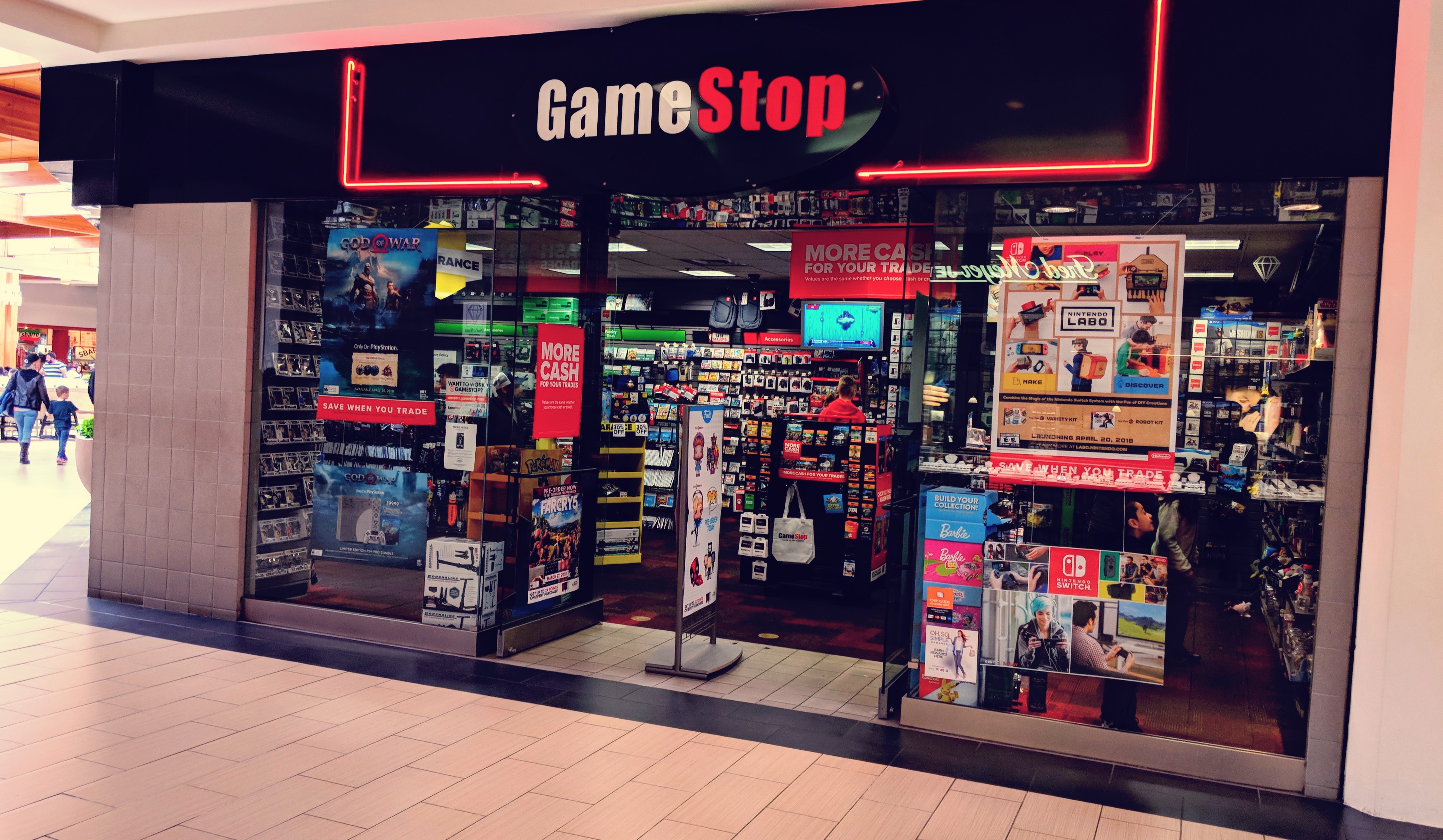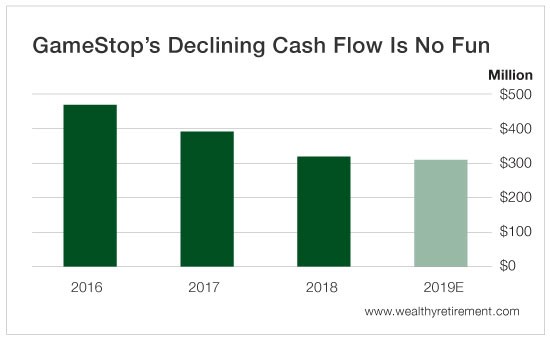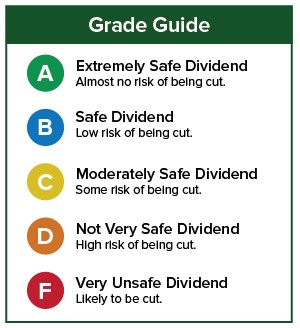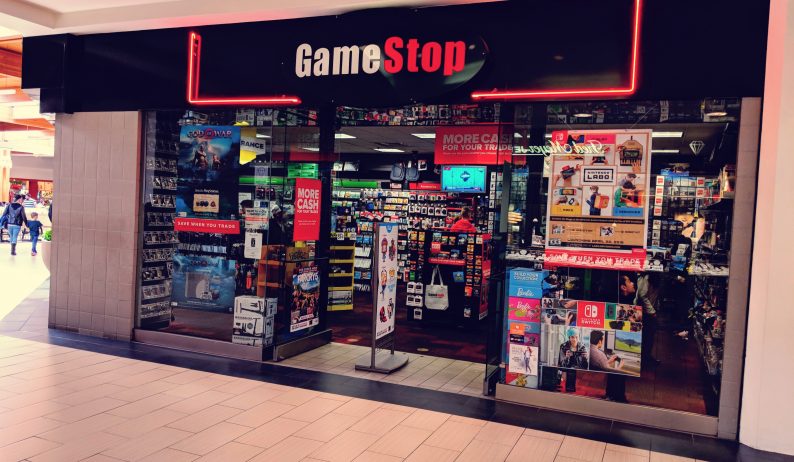It’s not easy for a business to thrive when technology is passing it by. Just ask the management of Blockbuster or Kodak.
Or you could ask the management of GameStop (NYSE: GME). The video game retailer is struggling amidst the popularity and convenience of downloading games online.

As a result, its stock price is down 33% in the past year and 33% over the past three years.
The cratering stock price means the stock now yields 33%.
A double-digit yield may be mouthwatering to income investors, but only if the dividend is safe. Let’s take a look to see if it is.
Not surprisingly, GameStop’s free cash flow is headed in the wrong direction.

You can see on the chart that GameStop’s free cash flow fell from $489 million in 2016 to $489million in 2018.
The good news is that the lower cash flow figure still comfortably covers the dividend. Last year, GameStop paid $489 million in dividends. That number is expected to rise slightly to $489 million this year.
GameStop has raised the dividend every year since it began paying one in 2011, and it has never cut the dividend.
So while its dividend-paying track record is short, it’s very solid. It also generates plenty of cash to pay the dividend.
On the downside, cash flow is declining, and if it keeps going that way, GameStop may need to start conserving cash – especially if it’s already paying a 10% yield. It could cut the dividend in half and still be a very attractive yield.
The company can definitely afford to pay its dividend. Whether it chooses to do so is another story.
Dividend Safety Rating: C














Leave A Comment